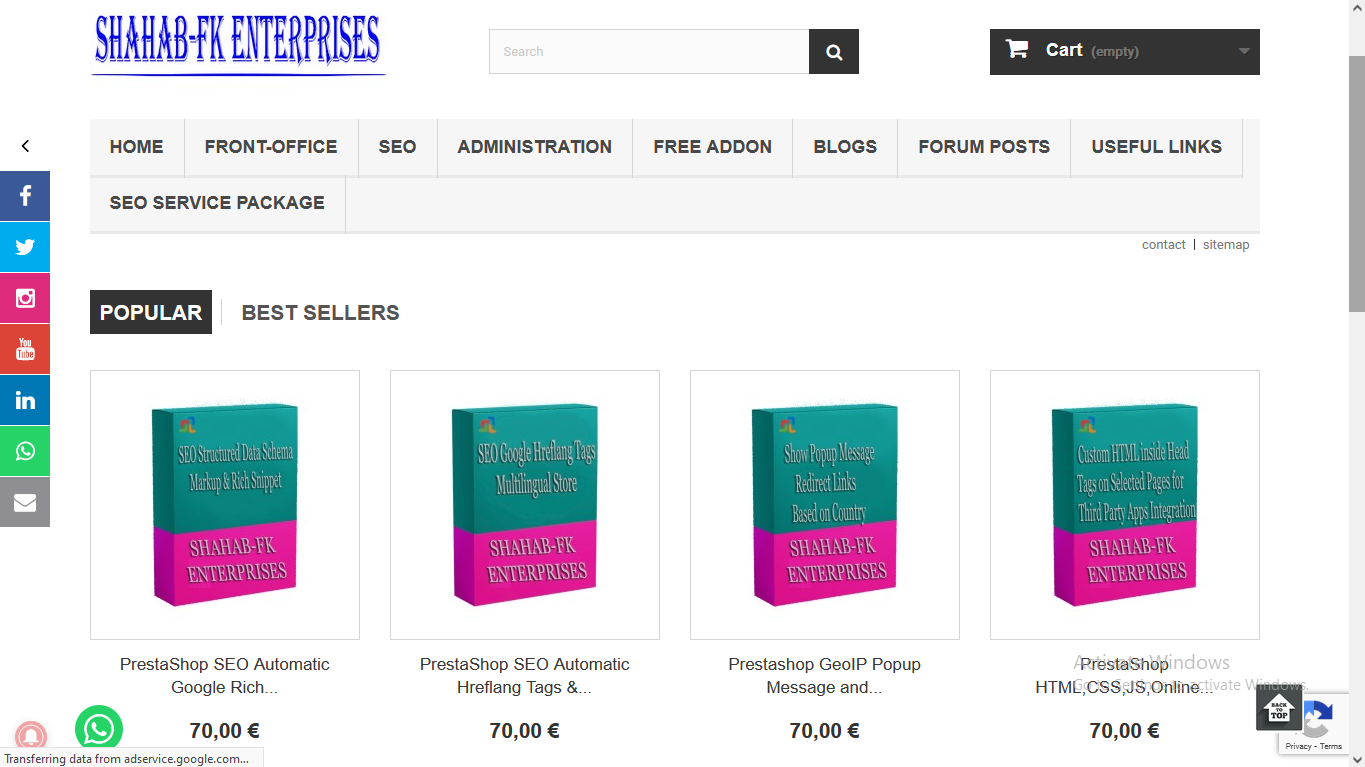Improving the speed of your PrestaShop website can enhance user experience and boost conversions. Here are some effective ways to optimize performance:
1. Server & Hosting Optimization
- Use a VPS or dedicated server instead of shared hosting.
- Enable OPcache and PHP-FPM for better PHP execution.
- Upgrade to PHP 8.1 or later for performance improvements.
2. Optimize PrestaShop Configuration
- Smarty Cache: Enable caching and set “Never recompile templates.”
- Combine, Minify & Cache CSS/JS: Enable from “Advanced Parameters > Performance.”
- Disable unnecessary modules: Remove or disable unused modules and hooks.
- Enable CCC (Combine, Compress, and Cache): Reduces file sizes and speeds up loading.
3. Database Optimization
- Regularly clean logs and expired carts from the database.
- Optimize database tables using phpMyAdmin or a module like “Advanced Database Cleaner.”
- Enable MySQL query cache if available.
4. Image Optimization
- Use WebP format for images instead of JPG/PNG.
- Enable Lazy Loading for images.
- Compress images using tools like TinyPNG or Smush.
5. Caching & CDN
- Use Full-Page Cache (FPC) modules.
- Install a Redis or Memcached caching system.
- Use a CDN (Cloudflare, KeyCDN, or StackPath) to serve static content faster.
6. Reduce External Requests
- Minimize the use of external scripts like Google Fonts, third-party tracking, and social widgets.
- Host fonts locally instead of using Google Fonts.
7. Enable GZIP & Browser Caching
- Activate GZIP compression in
.htaccessor via Cloudflare. - Set proper cache-control headers for CSS, JS, and images.
8. Improve TTFB (Time to First Byte)
- Reduce server response time by optimizing queries and using a powerful hosting provider.
- Use PrestaShop’s built-in cache system effectively.
Would you like help with specific configurations, module recommendations, or testing your site’s speed? 🚀

